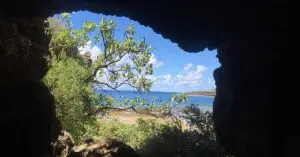
Guam’s Amazing Caves
How Guam formed. Guam has a wealth of geophysical and historical features through which one can experience the island and learn its history.

How Guam formed. Guam has a wealth of geophysical and historical features through which one can experience the island and learn its history.
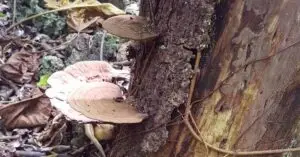
Fungi help make the jungle work. Fungi are some of the most important organisms in an ecosystem. A variety of fungi are used as food
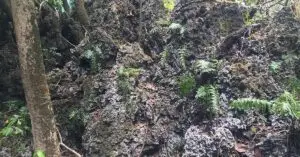
What is a limestone forest? A limestone forest is a unique ecosystem consisting of a limestone ground upon which plants and animals exist. Limestone soils

What is radon? Radon is a radioactive gas that forms from the natural decay of the element uranium. Because uranium is found in all soils,
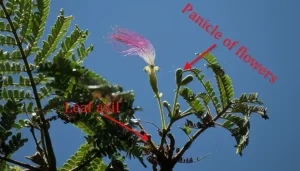
Serianthes nelsonii is a tree species that is endemic to the Mariana Islands of Guam and Rota. Each island has its own unique local name
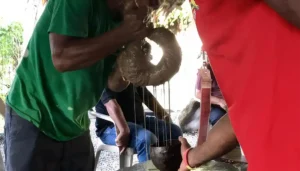
Kava (Piper methysticum) is an important ceremonial, traditional, and cash crop grown throughout the Pacific. The evergreen shrub usually grows on hillsides or low-lying mountains,
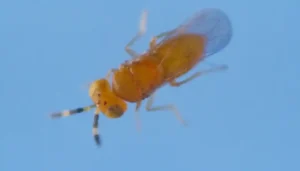
Islands are more susceptible to invasive species than larger land masses because island ecosystems evolved in relative geographic isolation. In the distant past, vast mountains
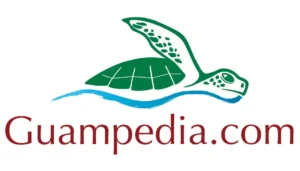
Our food choices. As with most communities, the necessity for food is interwoven with cultural and social needs. For the people of the Mariana Island,
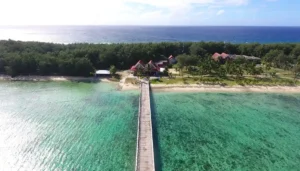
Barrier reef off Malesso’. Located approximately 1.6 km southwest of Guam lies an uninhabited barrier island called Cocos Island, or Islan Dåno’ in CHamoru. Cocos
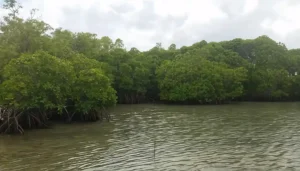
What is a Mangrove? Mangroves belong to a group of special species of plant life that grow in salty, wet soils and are adapted to